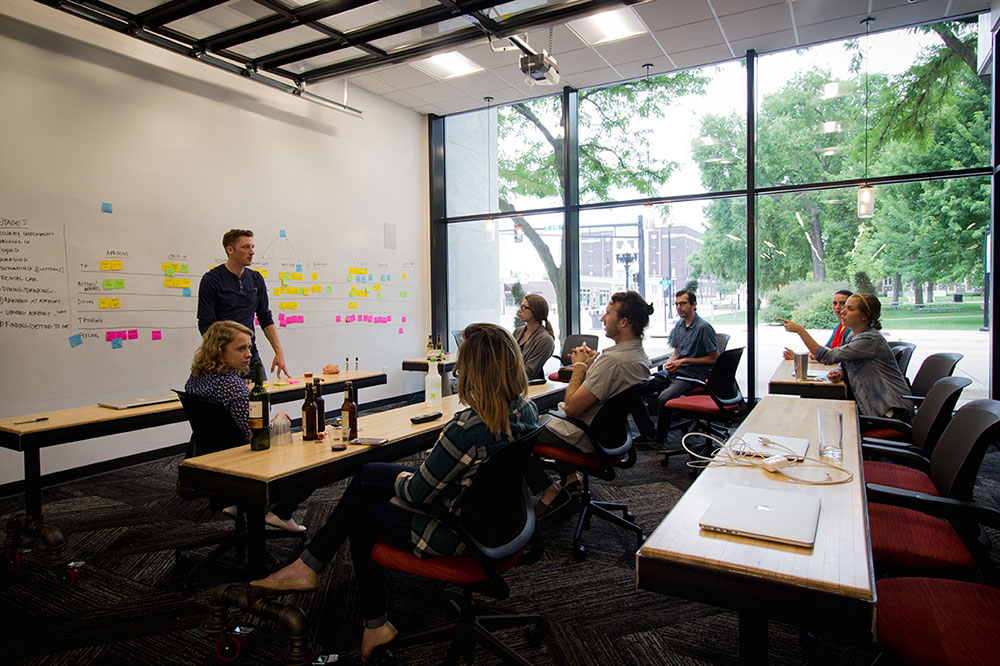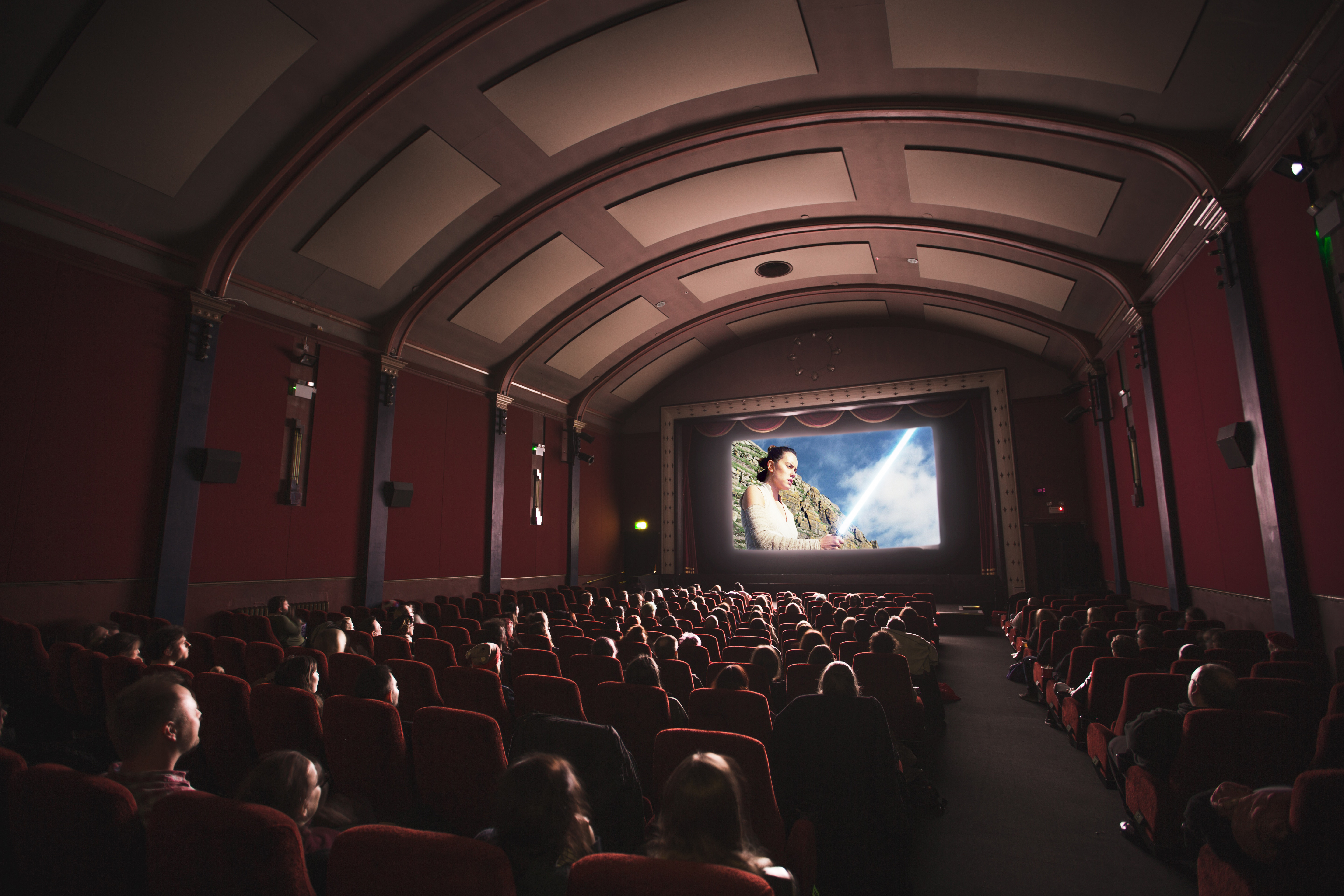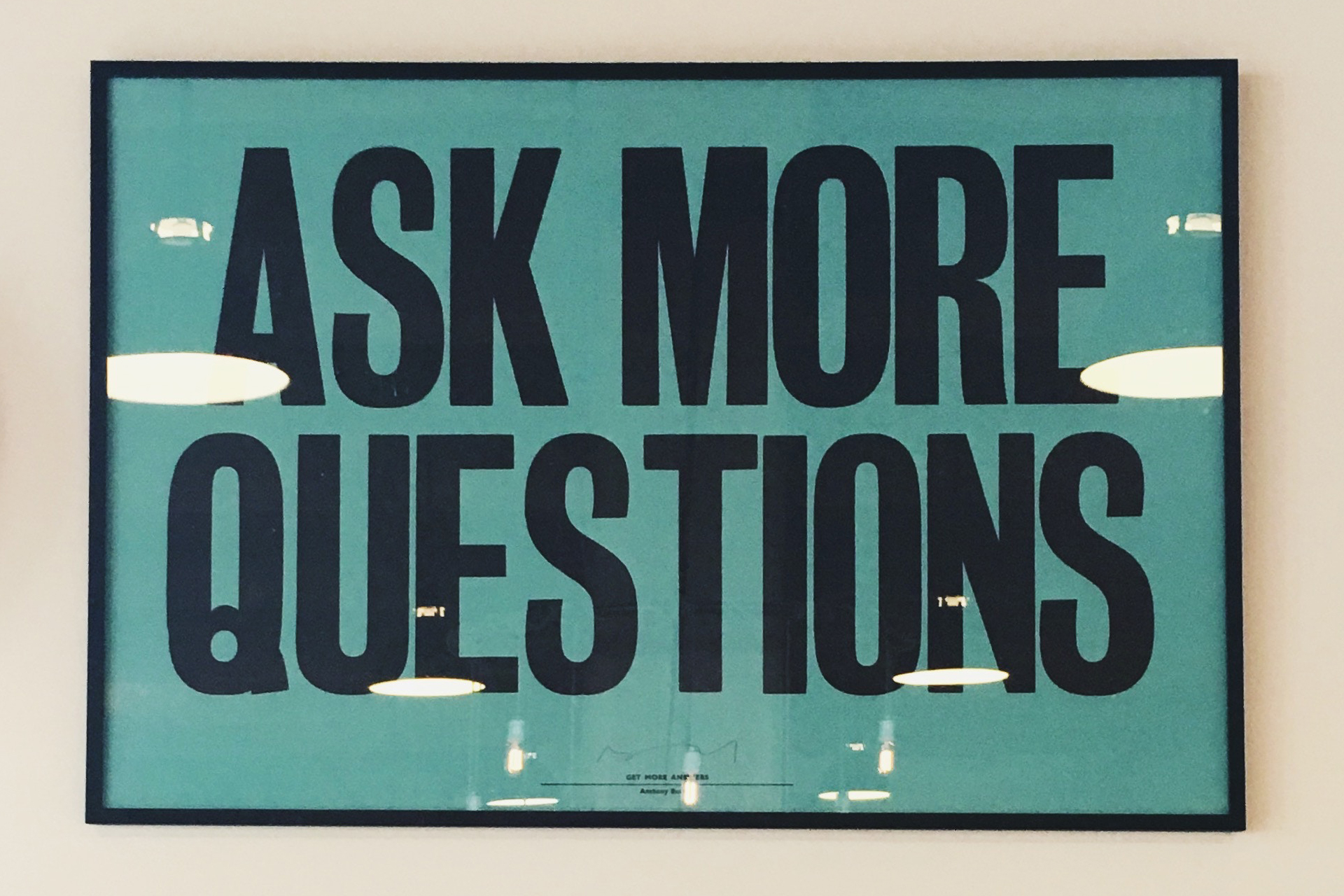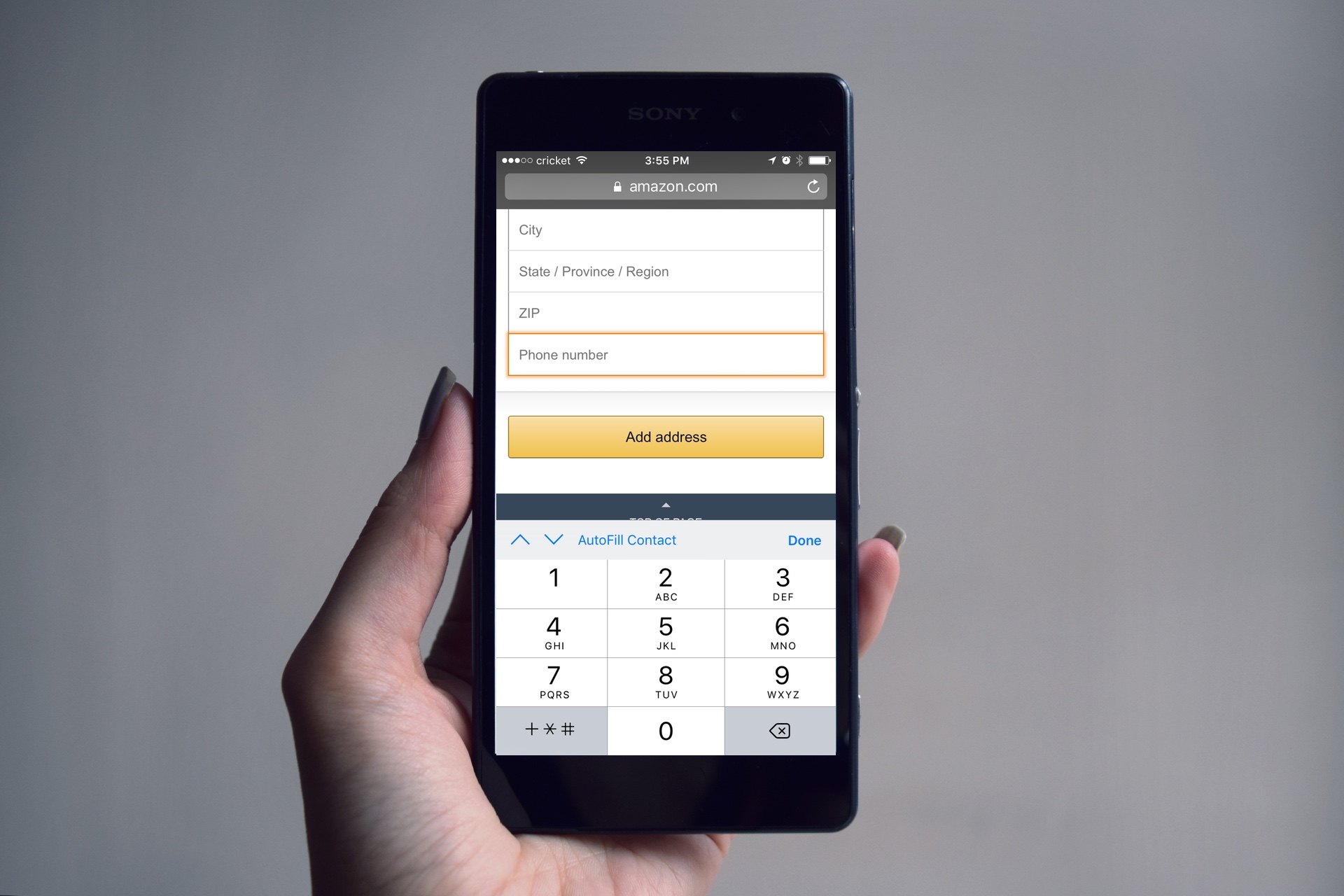User experience personas: Now, it's personal
3 min read
When it’s time to solve a usability issue, it’s important to know who the frustrated person is on the other side of the problem. To solve their problem, you have to know their pain points. You have to know this person and their needs. You have to know their favorite color, most memorable first date, family lineage and their social security number. Just kidding, that’s a bit too personal.
But in order to build an effective solution for a usability issue, you cannot make assumptions about the user. You know what happens when you assume… you make a poorly designed usability solution for you and me. That’s how that saying goes, right?
To build a product that is useful, usable and desirable, we have to understand the goals of the user. We have to get in their heads. The most effective way to do this is to create fictional personas based on very real data. Personas might just be even more important than all that uber-personal information we talked about earlier.
What’s the point?
Do you hear that? That faint “ka-ching” off in the distance? That’s the sound of money being spent on developing a product that has no user goals in mind.
When everyone, including stakeholders, designers, and developers, understand the real goals and behaviors of the user, the end result is a better design, and more efficient use of time and money. Personas allow you to aim at a solid target; an identifiable user that you can always have in the forefront of your mind when you’re designing. Be sure that every design move you make is intentional, and results in helping the user reach their end goals.
Got it. So how are they built?
To make your personas as realistic as possible, it’s best to conduct interviews with actual users. Ask them about their tasks and responsibilities, as well as their goals when completing each task. You’ll need to conduct at least four in-depth interviews. After that, you can group together similar behaviors, attitudes, and traits.
Think about a wedding photographer and a landscape photographer. Both of their business cards could say “Professional Photographer,” but they have very different jobs and different struggles. If you make assumptions about your users, you run the risk of missing your shot.
Once you’ve completed research on your personas, you can begin crafting them. Work to craft a list of their tasks, goals, and even a quote the user might say. When done, your personas should seem like a real person, not just a fictional target.
Follow your heart:
It’s time to let your feelings flow. Make sure that you are empathetic to your personas. Put yourself in their shoes. Understand how a user feels when completing, or trying to complete, a task. You have to move beyond just knowing your persona’s job titles or responsibilities. Will knowing that information help? Of course. But you really need to focus on the behaviors and goals of users.
Creating accurate personas should be one of the most important aspects of research you conduct when building a useful, usable and desirable product. When we tackle usability issues, building personas falls into the “research” stage of our system. Take a look at the full process here.
When you start to look at your product through the lens of your personas, you can begin to make improvements that will pay off big time in the long run. That means putting money in the right place, and no more “ka-ching!”






